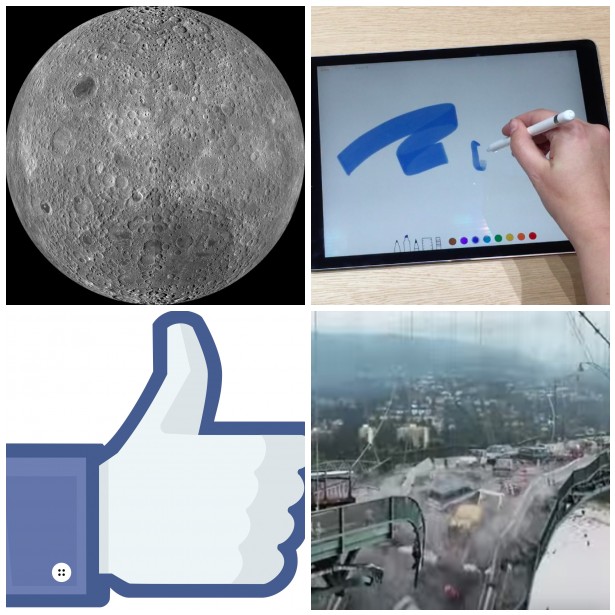Geeks State "To the Moon, iPad Pro"

External features of the world effect us internally, why does the moon have more creators on the “dark side”, our thoughts on the iPad Pro, and a bit about bridges.
Mobile, ecosystems and the death of PCs
One of the ways that tech progresses is in generational changes in scale. We had mainframes, then minicomputers, then workstations and PCs, and now mobile, and each generation brings a step change in scale. That scale means that it becomes the new ecosystem and the new centre for innovation. iOS and Android smartphones alone are now outselling PCs 5:1, not even counting tablets, and that will rise to closer to 10:1 in the next few years. So, this is the new scale ecosystem.
The Moon's Two Sides Look So Different Thanks To 4.5 Billion-Year-Old Physics
In particular, there are two main features that even a casual visual inspection will reveal:
That it
Suspension Bridges of Disbelief
Suspension bridges are far and away the target of choice in America
Thing Explainer: Complicated Stuff in Simple Words: Randall Munroe
Have you ever tried to learn more about some incredible thing, only to be frustrated by incomprehensible jargon? Randall Munroe is here to help. In Thing Explainer, he uses line drawings and only the thousand (or, rather,
xkcd: Web Comic
A webcomic of romance,
sarcasm, math, and language.

